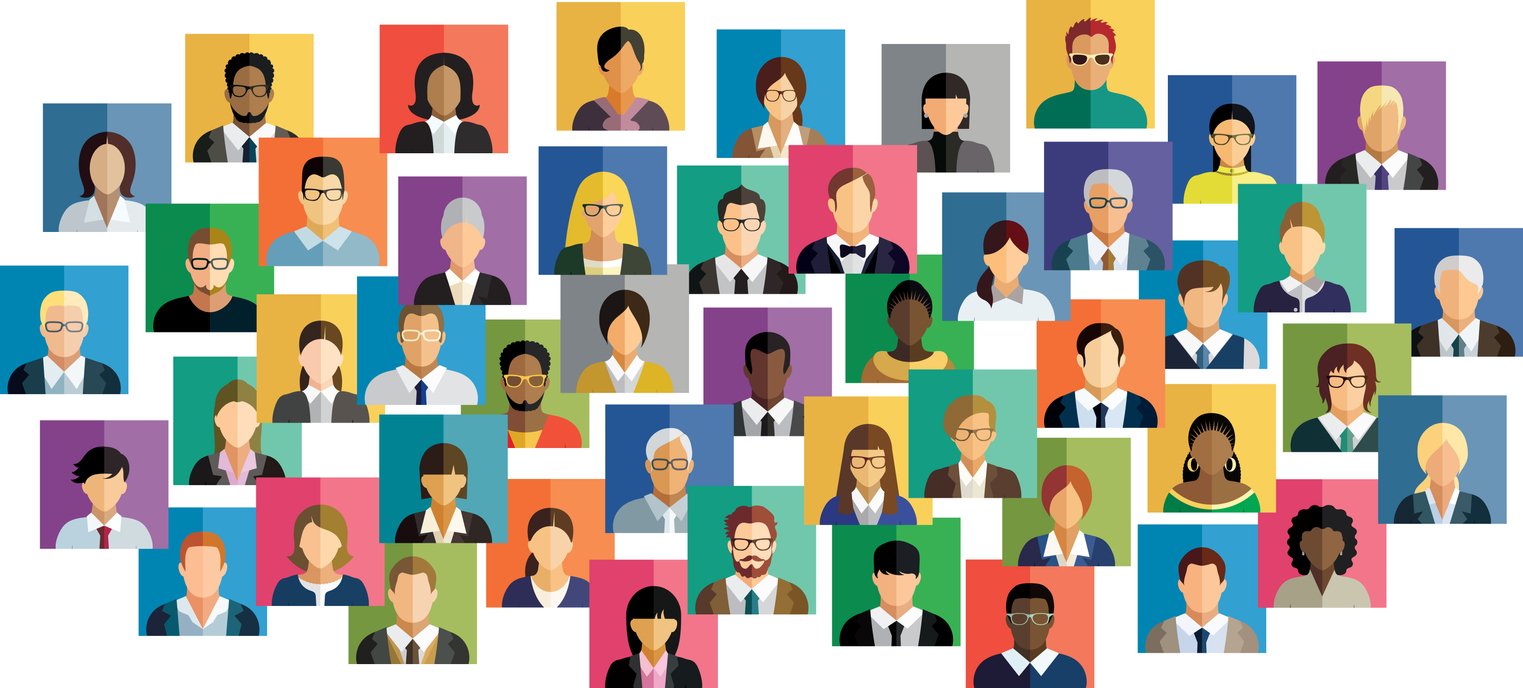The Four Rules of Community Mobilization
WHEN YOU LAUNCHED your online community, you were envisioning inspired people coming together to share their thoughts, experiences, and rally behind a common cause. Now that your community is up and running, you're not seeing the level of engagement that you'd hoped for.
What can you do to improve?
Our list of rules for enhancing participation will help you engage and mobilize your online community.
1. Have a clear goal for your community members.
THE MOST IMPORTANT RULE to spurring action is stating the collective goal. What is the purpose of your community? Is it to provide support, create actions towards a cause, or collaborate on a greater project? How can the community take steps towards meaningful change? Successful communities provide their members with actions that ladder into a shared goal.
A goal will inspire new members and retain current members as they focus on making change together. When someone feels like they can take action towards a collective goal, and see the progress, they are more likely to contribute.
Without a Goal
- Community members will not have a sense of what or how they should Contribute.
- Community members won't feel like their contributions have an impact.
2. Community managers must also be community members.
A HELPFUL METAPHOR for managing a community is hosting a dinner party. Communities and dinner parties rely on a host, someone who invites everyone, runs the event, and moderates the activity. A host's job doesn't end when the party starts, the guests need the host to make introductions, facilitate conversations, and ensure everyone's having a good time.
In an online community, moderators play the role of host. They make requests of members and encourage sustained participation. Because of the personal touch of a moderator, community members are more likely to contribute or take action.
To make requests even more effective, it's useful to segment your community into sub-groups such as geography, expertise, or individuals passionate about a given action or cause. Asking people to perform tasks that feel tailored to them will increase contributions.
3. To engage communities, incentivize progress.
AS YOU INCH towards your goal, it's important to reward participants along the way. It can be effective for sustained engagement.
For example:
- Reputation or status markers like badges that signify a community member's social Capital.
- Privileges, like the ability to moderate posts or access to sub-communities.
- Featured posts as a form of recognition.
Rewarding good contributions creates a min-goal for community members to work towards while strengthening the community overall on the way to a collective goal.
4. Provide Recognition
COMMUNITIES ARE SOCIAL, and by recognizing contributions, you continue to build momentum and sustain engagement.
There are two ways to provide recognition and support:
- Make it easy for community members to see how their contributions help further the community's goals. For example, if someone answers a question on a forum, make sure the person who asked the question sees the answer and knows that it was helpful. Similarly, if someone takes an action, allow others to positively react or respond in support.
- Use group recognition to show how everyone's contributions are necessary for the community's success. For example, call out top participants in a monthly newsletter or on social media.
By making it easy for members to see how their efforts help nurture the community, you create a feedback loop that reinforces their participation.
Share this
You May Also Like
These Related Stories

The Ultimate Guide to Understanding Grassroots and Grasstops Advocacy

Grassroots Activism Strategies & the Power of Community Organizing

